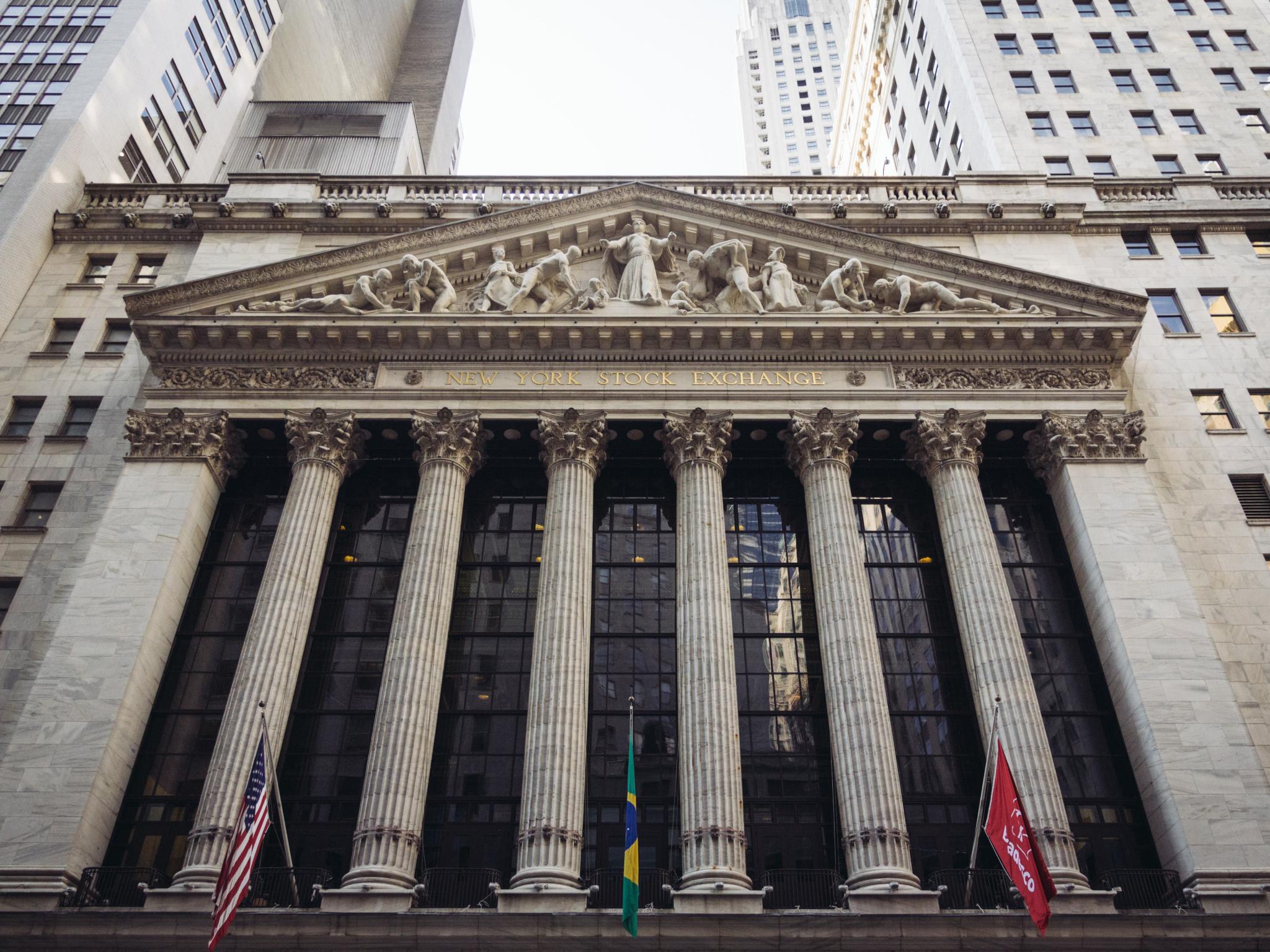
The Federal Reserve and its Chair, Jerome Powell, raised interest rates by three-quarters of a percentage point on Wednesday, June 15th, 2022. The raise is the highest of its kind in nearly 30 years. Desperate times call for desperate measures, and The Fed is no exception, as it attempts to regain control amidst the chaos.
So, what do raised interest rates (historical ones at that) mean for the country, and for you, the individual investor?
For the country, it feels like a last-ditch effort to slow consumer demand. Demand is high, supply is low, therefore, prices continue to rise. By raising the interest rates, in theory, spending will slow as it will make it more difficult to make expensive purchases, carry steep credit card balances, etc. Whether or not this will be enough to promote a “soft-landing” remains to be seen. In the meantime, we can assume the housing market will become stale. High-interest rates will be unappealing to buyers, and sellers will be in no rush to abandon their mortgages living on low-interest rates. As an example, the average rate on a 30-year fixed home loan is near 6%, according to Bankrate, double what it was a year ago.
For the individual, it muddies the water. Historically, REITs have been a solid investment strategy. REITs have performed well in various market situations, but this feels different. You could assume that REITs focused on renting residential real estate could perform well, since it is no longer a buyers market, and people should be renting for a while. While that may be true, here are a few other, more off-the-radar moves to make during unprecedented times.
- Farmland REITs - Consider Farmland Partners, Inc (NYSE:FPI) whose stock has risen nearly 55% in the past 5 years, and nearly 16% YTD. Farmland Partners Inc. operates as a real estate investment trust. They engage in the management and acquisition of farmland and land with agricultural development potential. Properties typically focus on corn, soybeans, wheat, rice, and cotton. Food is essential, and during a recession/inflationary period, farmland can increase in value. Farmland REITs could help to maximize long-term returns.
- Dividend Stocks - Consider Global X MLP & Energy Infrastructure ETF (NYSE:MLPX). The stock has grown about 7% YTD and has remained fairly steady over the past 5 years. MLPX tracks an index of MLPs and companies engaged in energy infrastructure. The energy sector typically performs fine during a recession. As gasoline prices and travel costs rise, consumers will be at home more often. Families at home use energy, and we can’t really survive without it. What makes MLPX especially attractive, is its affordable price and 5.5% dividend yield. You can use the dividends to provide some stability during volatile times.
- Healthcare - Healthcare companies don’t typically see much, if any, hiring pauses regardless of the economy’s performance. This is just one example of how the health sector provides some stability that others can’t. Additionally, regardless of poor economic environments, people simply can’t just ignore their health or medical emergencies. This is called a consumer staple and is one of the reasons why investing in this sector could provide some more stability to your portfolio.
Consider - UnitedHealth Group (NYSE:UNH), which is the biggest health insurer in the world by far. UNH is expensive, but you can buy fractional shares on platforms like Robinhood. UNH has grown steadily over the past five years, up 151%. Its YTD performance is down 50%, so you may view this as a fire sale of sorts.
Regardless of what you invest in, know that nothing is full-proof and losses are always in play. Don’t invest more than you are comfortable with or more than you can afford to lose. However, the three strategies above should find you ways to mitigate risk and hopefully capitalize during this falling economy.
See: Related Article







